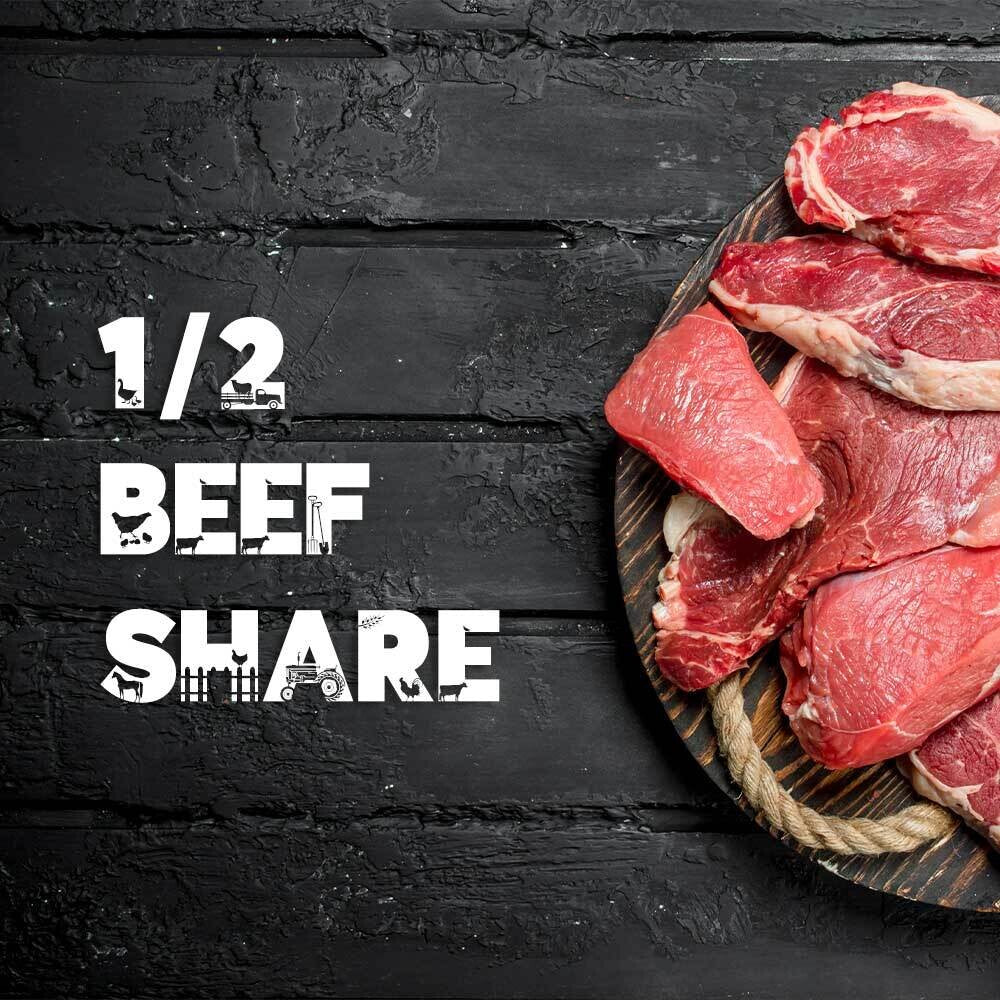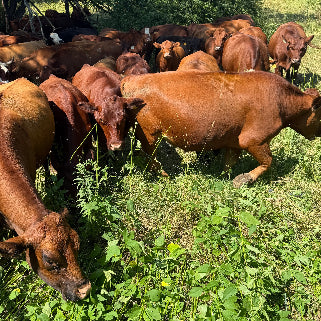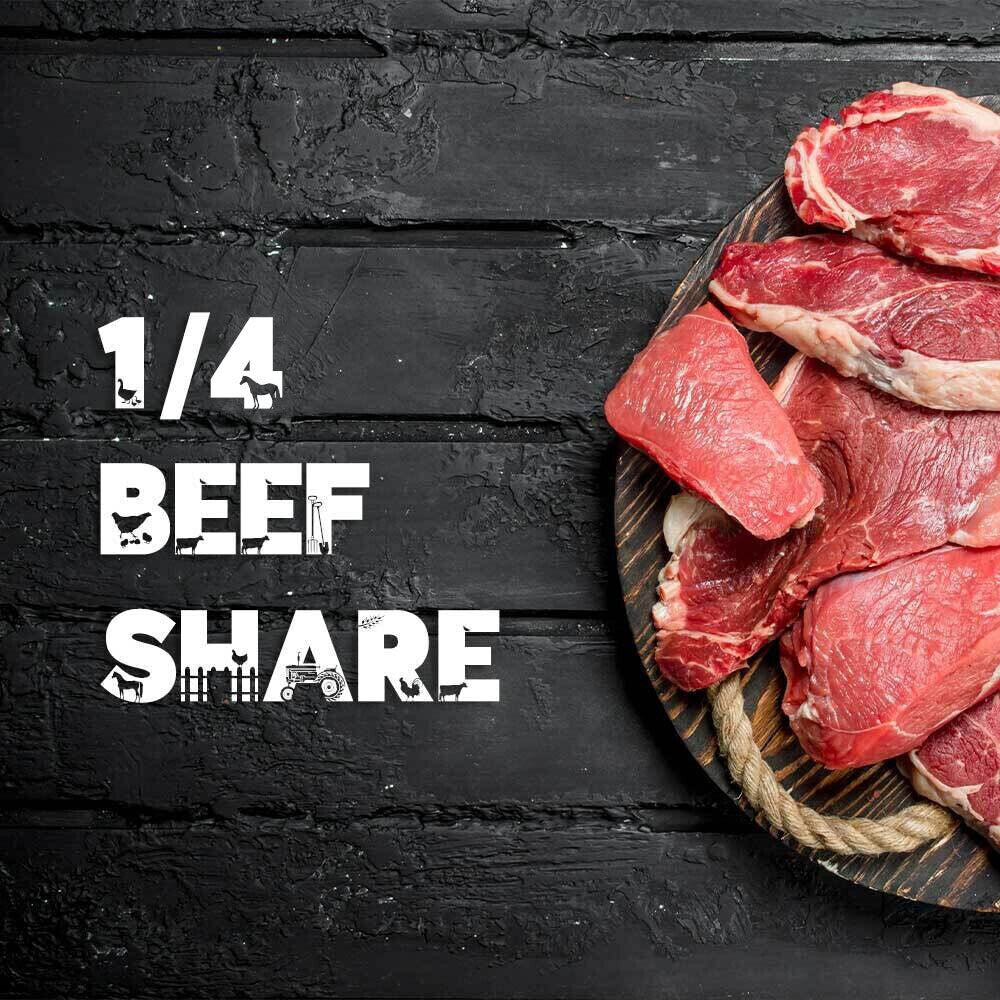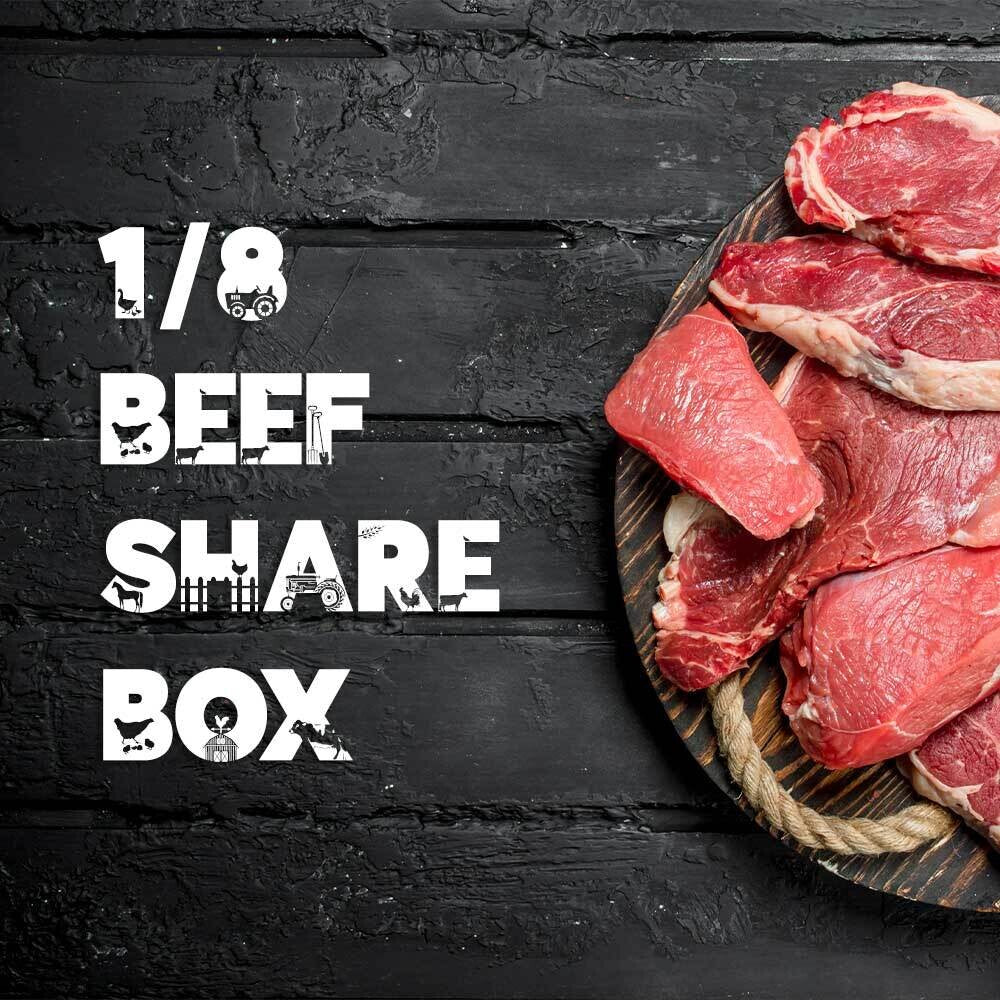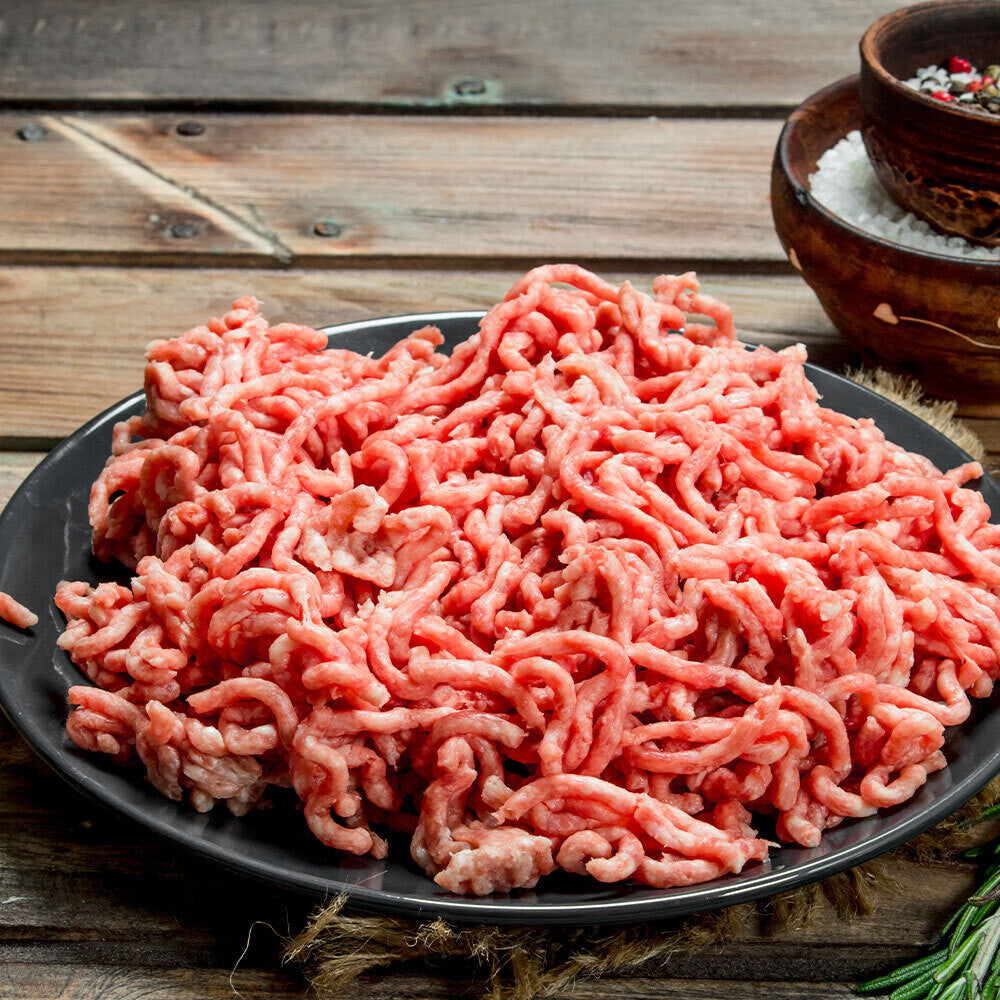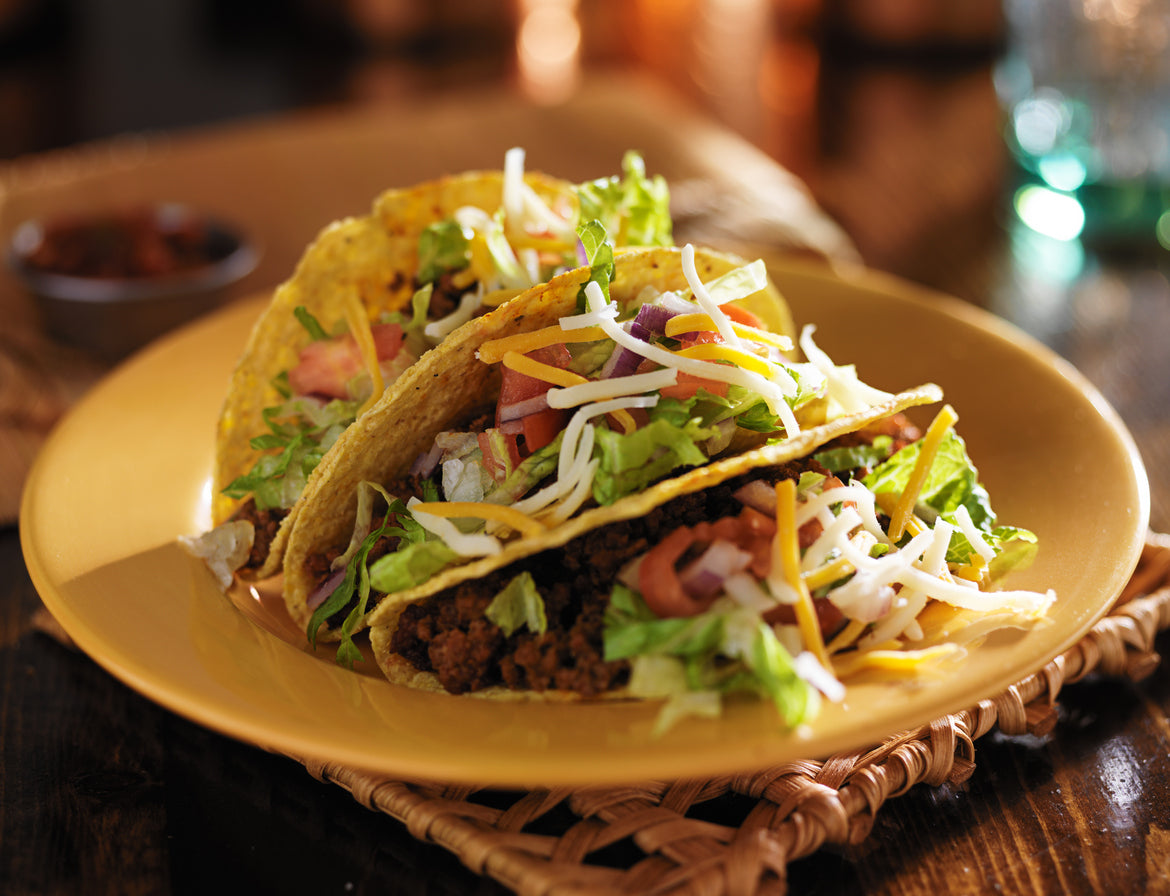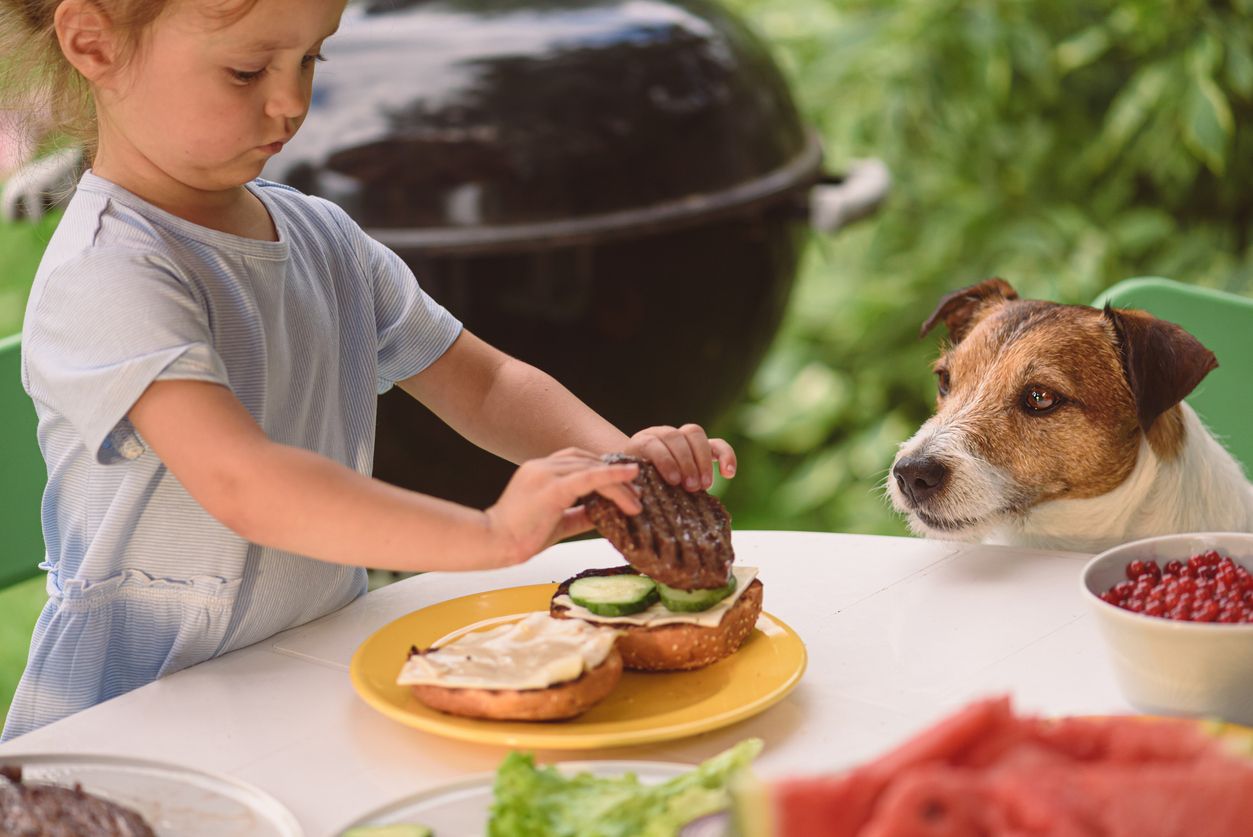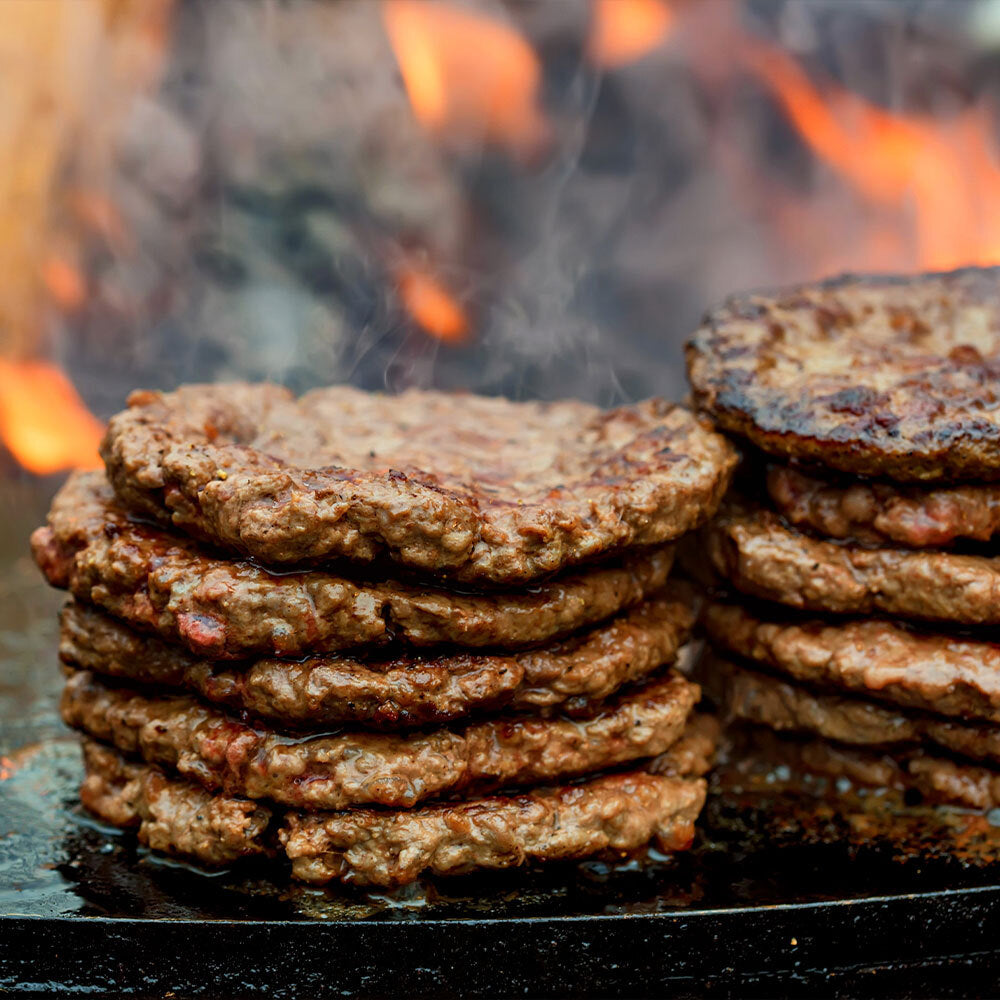
Unlock the Secret to Tender Grass-Fed Steaks: How Dry Brining Works
At Tyner Pond Farm, we believe that cooking grass-fed beef should be as rewarding as the care we put into raising our cattle. One of the simplest and most effective ways to get the best results from your grass-fed steaks is by using the dry brining method. If you’ve ever wondered how to achieve the perfect combination of tenderness and flavor, this guide is for you.
 Let your steak rest in butcher paper for better texture and tenderness.
Once your grass-fed steak has been perfectly cooked, the final critical step is to let it rest before cutting and serving. Resting allows the juices that were forced to the surface during cooking to redistribute evenly throughout the meat. Skipping this step often results in a steak that loses its juiciness and tenderness the moment it’s sliced.
To rest your steak properly, wrap it loosely in butcher paper or tent it with foil. This helps retain the heat while preventing overcooking. Resting for about 5–10 minutes will make a noticeable difference, giving you a steak that's tender and full of Grass-finished flavor.
Let your steak rest in butcher paper for better texture and tenderness.
Once your grass-fed steak has been perfectly cooked, the final critical step is to let it rest before cutting and serving. Resting allows the juices that were forced to the surface during cooking to redistribute evenly throughout the meat. Skipping this step often results in a steak that loses its juiciness and tenderness the moment it’s sliced.
To rest your steak properly, wrap it loosely in butcher paper or tent it with foil. This helps retain the heat while preventing overcooking. Resting for about 5–10 minutes will make a noticeable difference, giving you a steak that's tender and full of Grass-finished flavor.
What is Dry Brining?
Dry brining is a process of seasoning meat with salt and allowing it to rest before cooking. Unlike wet brining, which involves soaking the meat in a saltwater solution, dry brining uses only salt—no water needed. When applied to the surface of the meat, the salt begins to pull moisture out, which is then reabsorbed, creating a natural brine that tenderizes the meat while enhancing its flavor.How Does Dry Brining Work?
- Salt Draws Out Moisture: When you apply salt to the surface of a steak, it initially pulls water out of the meat through osmosis.
- Natural Brine Forms: As the salt dissolves into the surface moisture, it creates a concentrated salt solution (natural brine) that is then reabsorbed into the meat.
- Tenderization: The salt starts to break down muscle proteins in the meat, resulting in a tender texture. This also allows the steak to retain moisture during cooking, so your grass-fed steak stays juicy without losing its natural flavors.
- Flavor Enhancement: Because the salt is reabsorbed into the meat, the flavor becomes more concentrated and evenly distributed throughout the steak, rather than just sitting on the surface.
Why Dry Brining Works Well with Grass-Fed Beef
Grass-fed beef is leaner than grain-fed beef, meaning it has less marbling. Dry brining helps enhance the tenderness and flavor of lean cuts by locking in moisture and adding depth to the natural flavors. With the nutrient-dense and flavorful beef you get from Tyner Pond Farm, dry brining makes a significant difference.How to Dry Brine Grass-Fed Steaks: A Simple Recipe
Ingredients:
- 2 grass-fed steaks (ribeye, strip, or sirloin)
- Kosher salt or natural sea salt (about 1/2 teaspoon per steak)
- Optional: freshly ground black pepper, garlic powder, or other seasonings
Instructions:
- Season the Steaks: Pat your grass-fed steaks dry with a paper towel. Sprinkle a generous amount of salt over all sides of the steaks, making sure to cover the surface evenly. If you'd like, add freshly ground black pepper or other seasonings at this point.
- Let Them Rest: Place the salted steaks on a wire rack over a baking sheet to allow air to circulate around them. Refrigerate uncovered for at least 1 hour, but for best results, let them rest for 4 to 24 hours. The longer they brine, the better the flavor and tenderness.
- Cook the Steaks: When you’re ready to cook, remove the steaks from the fridge and let them sit at room temperature for about 30 minutes. Pat them dry again (no need to rinse). Cook them using your preferred method—whether grilling, pan-searing, or broiling—until they reach your desired level of doneness.
Why You’ll Love Dry Brining
Dry brining is an easy way to elevate your grass-fed steaks to restaurant-quality perfection. By using salt and a little time, you’ll ensure that each bite is as tender and flavorful as possible. Whether you’re preparing a special dinner or just grilling up some steaks for the family, dry brining is a simple step that makes all the difference. Give it a try and experience the full potential of Tyner Pond’s grass-fed beef. You’ll never go back to cooking steaks without dry brining again!Why Resting Matters
 Let your steak rest in butcher paper for better texture and tenderness.
Once your grass-fed steak has been perfectly cooked, the final critical step is to let it rest before cutting and serving. Resting allows the juices that were forced to the surface during cooking to redistribute evenly throughout the meat. Skipping this step often results in a steak that loses its juiciness and tenderness the moment it’s sliced.
To rest your steak properly, wrap it loosely in butcher paper or tent it with foil. This helps retain the heat while preventing overcooking. Resting for about 5–10 minutes will make a noticeable difference, giving you a steak that's tender and full of Grass-finished flavor.
Let your steak rest in butcher paper for better texture and tenderness.
Once your grass-fed steak has been perfectly cooked, the final critical step is to let it rest before cutting and serving. Resting allows the juices that were forced to the surface during cooking to redistribute evenly throughout the meat. Skipping this step often results in a steak that loses its juiciness and tenderness the moment it’s sliced.
To rest your steak properly, wrap it loosely in butcher paper or tent it with foil. This helps retain the heat while preventing overcooking. Resting for about 5–10 minutes will make a noticeable difference, giving you a steak that's tender and full of Grass-finished flavor.
Tags:
Previous post
Stuffed Poblano Peppers with Meat and Cheese
Next post








